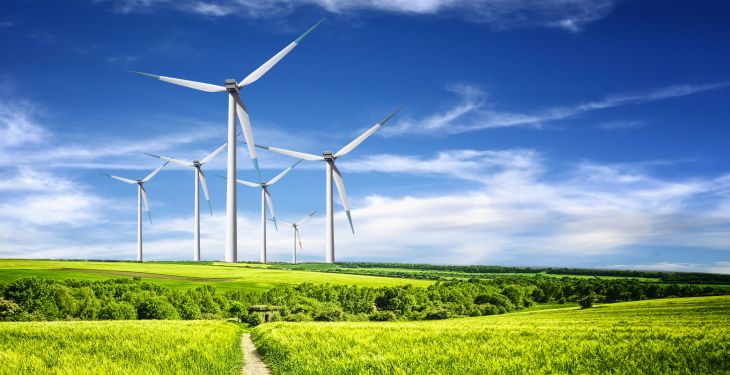In the rocky hills of southern Siberia, five hydropower plants operated by Russia’s EN+ Group churn out green electricity at one-sixth of the cost of conventional fuel, tapping the Angara river that flows out of Lake Baikal to power half a dozen aluminium smelters along its banks.
Already the world’s largest private hydropower company by capacity, EN+ is itching to ramp up output further, according to Financial Times.
“We expect an increase in energy appetite of the region and we are prepared to satisfy it,” says Maxim Sokov, EN+ chief executive, citing new industrial projects in the area, including gold and copper mines and power-hungry processing plants, that should increase power demand.
But stories like En+, which Mr Sokov says is finalising a modernisation programme to increase output and efficiency, are few and far between in Russia’s renewable energy industry, where the potential is great but the headwinds greater.
Russia’s tiny use of renewables, at 3.6 per cent of total energy consumption, is a black spot in a global surge in the use of green technology, which accounted for more than 18.3 per cent of the world’s energy supply in 2014, according to the International Energy Agency. Fellow Bric nations China and Brazil boast usage of more than 25 and 45 per cent respectively. That gap is mainly due to Russia’s historical dependence on vast reserves of fossil fuels and the political clout of its state-run oil and gas industry. It has stymied efforts to spend the billions of dollars needed to invest in new technologies and build the infrastructure to connect renewable power producers to consumers in a country that accounts for one-eighth of the world’s land surface.
The problem has not gone unnoticed. The energy ministry has endorsed a report from the International Renewable Energy Association that estimates Russia has the potential for renewables to account for 11.3 per cent of energy consumption by 2030, more than twice the official forecast of 5 per cent.
That followed a speech by president Vladimir Putin in October, who described renewable energy as “definitely the main development path, the proper path” for mankind.
“There is an awakening here . . . they are beginning to understand,” said Adnan Amin, Irena’s director-general, after meetings with Arkady Dvorkovich, deputy prime minister, and Alexander Novak, energy minister. “At the political level we have a lot of support.”
Andrei Teksler, deputy energy minister, said: “Renewables are no longer referred to as alternative energy, they are traditional. We are not ignorant of the future,” he added, citing the country’s enormous solar and wind power potential. But addressing the shortfall will be harder than recognising it.
The biggest challenge revolves around Russia’s huge dependence on the oil and gas industry, which generate about 15 per cent of GDP, 35 per cent of federal budget revenue and 60 per cent of exports.
Rosneft and Gazprom, the dominant oil and gas groups, are owned by the Russian state and are often seen as extended departments of government.
In many western countries, declining fossil fuel output or increasing costs have prompted investments in renewables. In Russia, Rosneft and Gazprom are given government assistance and preferential treatment and both recently embarked on drilling projects in the country’s Arctic to ensure output is maintained.
“Given the current structure of the energy market here, there’s a very limited business case for renewables . . . How are you supposed to compete in a place where gas is virtually free?” says Mr Amin.
Further, a lack of a national grid hampers investments in large-scale renewable projects such as wind farms or new hydroelectric stations, which are cost-effective only if enough consumers are close enough.
The country’s largest power grid companies are also owned by the government. This stifles the potential for private investment in infrastructure technology, and often means new initiatives get bogged down in bureaucracy. Industrial cities built during the Soviet period in Russia’s vast central and eastern regions typically still rely on coal-burning power plants, while villages and remote areas burn more than $2bn of diesel each year in generators.
Russia’s government needs $15 billion for green projects, but those money are hard to find.
